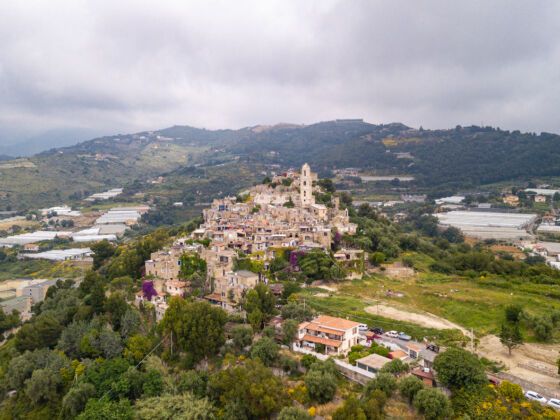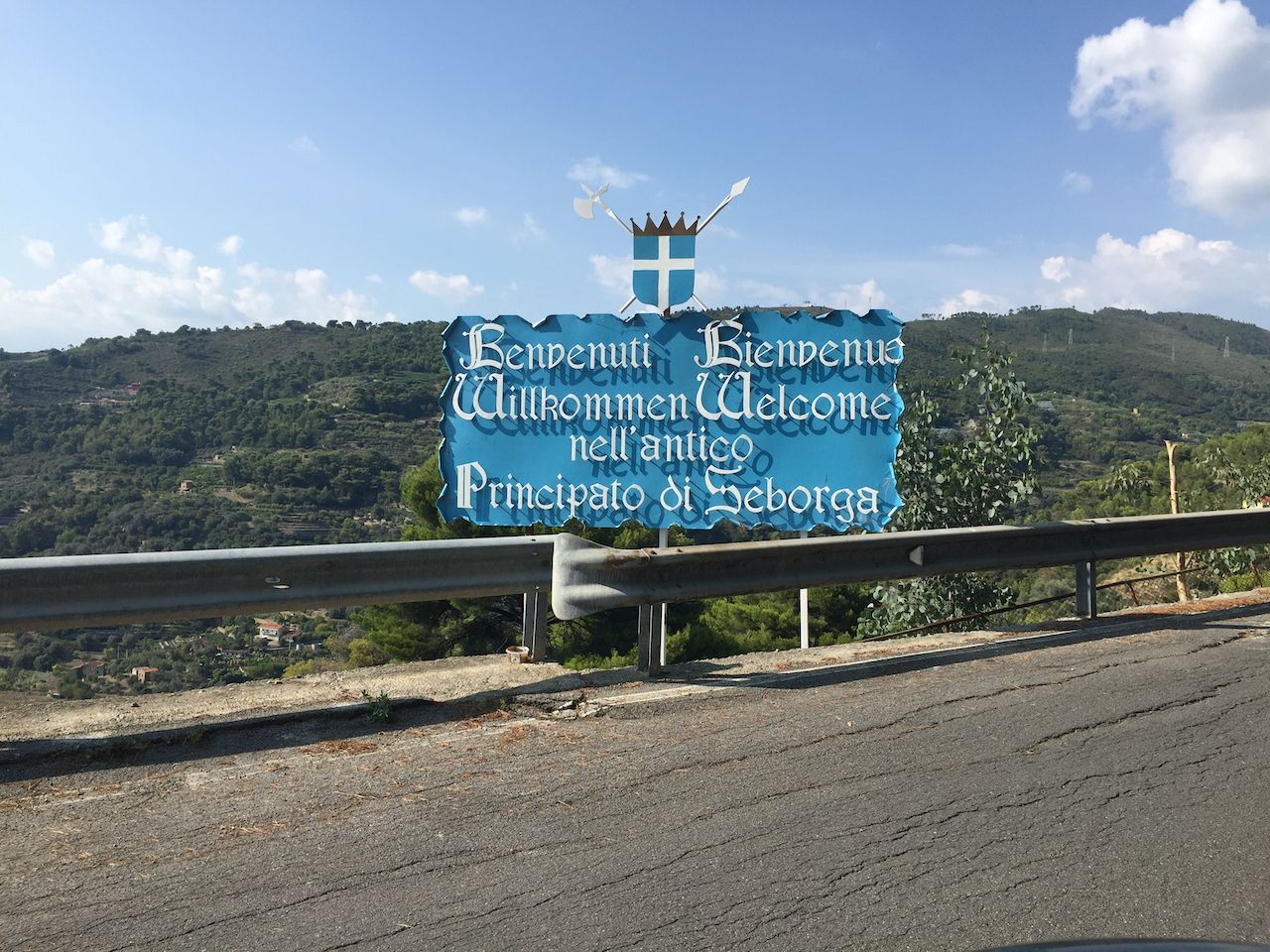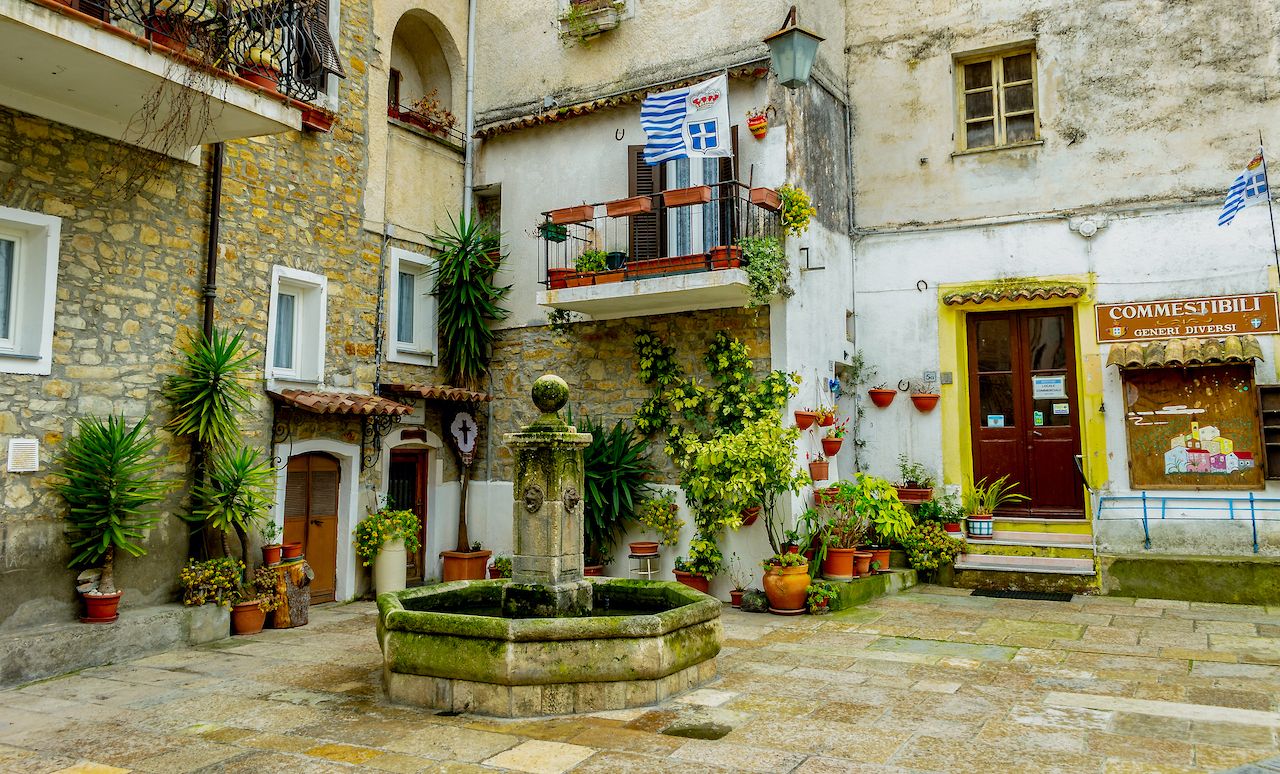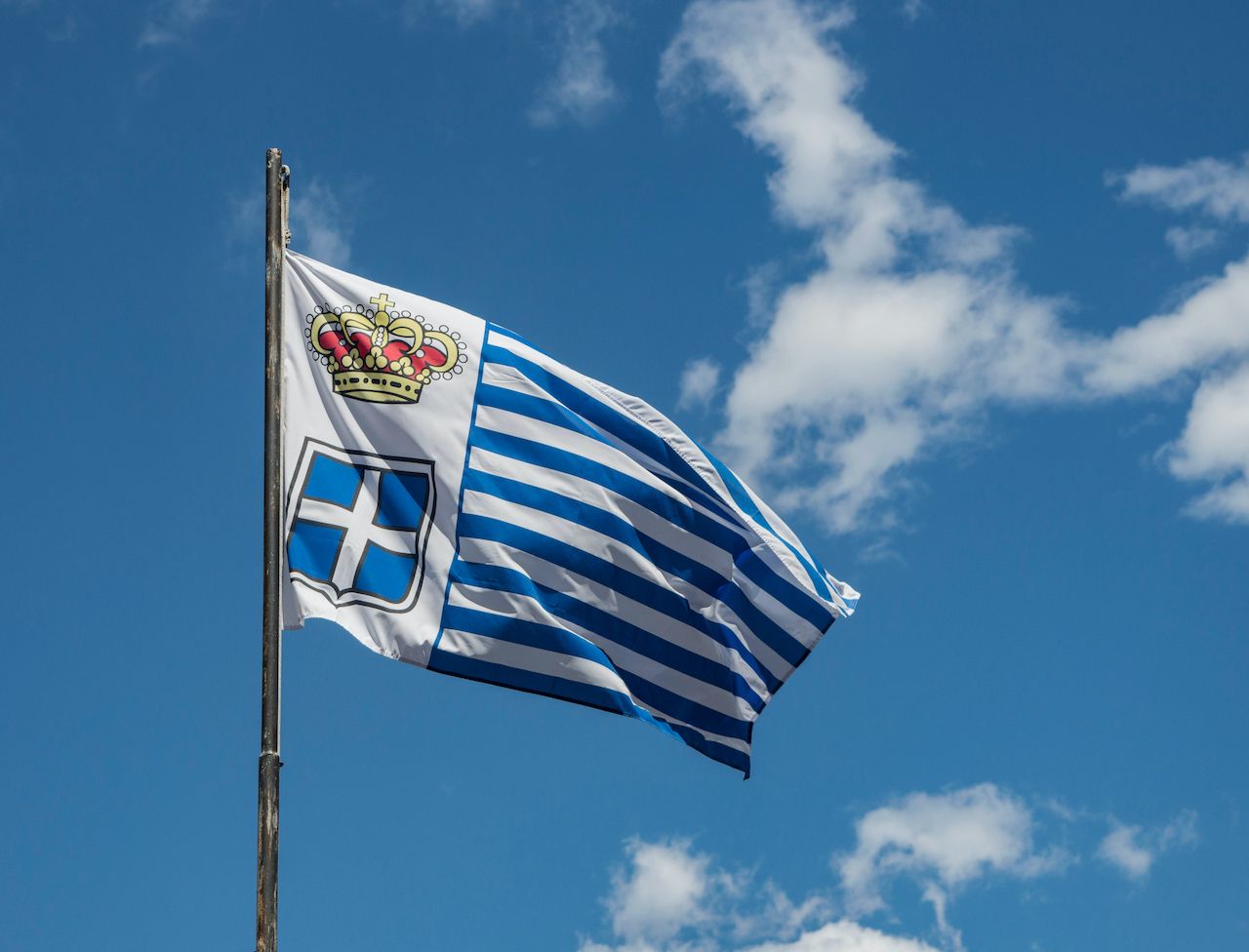It’s the story of a fledgeling kingdom, a struggle for independence, and a battle for royal authority. No, it’s not one of Shakespeare’s plays or the political backdrop of a medieval court. It’s the contemporary reality of Seborga, a small town in the region of Liguria in Italy. On paper, the 1,000-year-old village of 307 residents technically belongs to Italy. In the heads and hearts of the Seborgan people, however, it’s an independent principality governed by a duly elected monarch. And like many monarchs throughout history, Seborga’s prince must stay on high alert, for a pretender to the throne is actively looking to usurp his power.

Photo: Google Maps
Inaccessible by car, Seborga sits on a hill overlooking the Ligurian Sea. From the top of the hill there’s a view of three countries (four, if you count Seborga itself) — Italy, France, and Monaco. From this picturesque vantage point, it’s no surprise there’s a power struggle for the throne.



